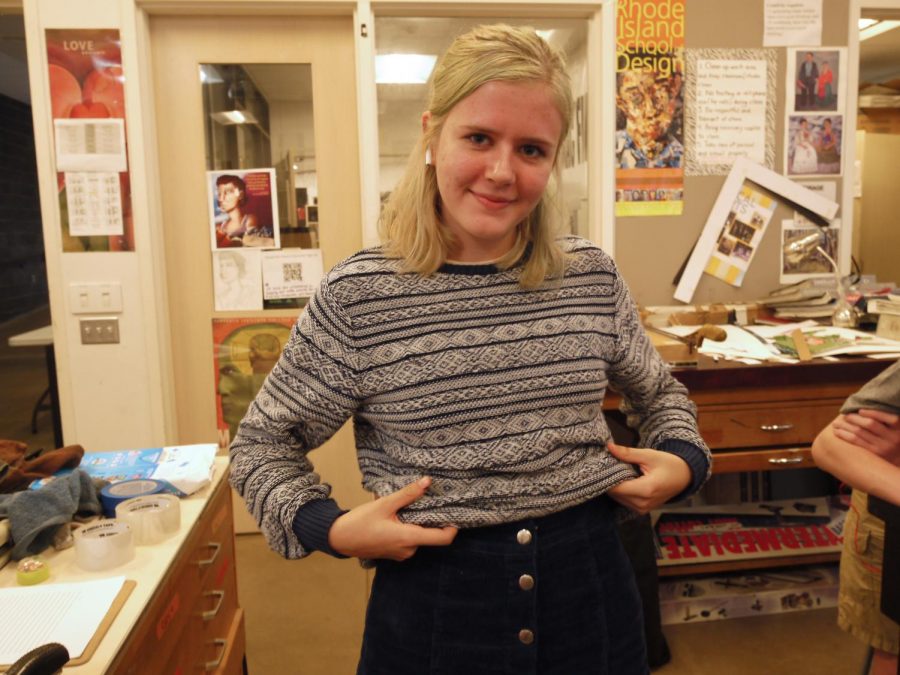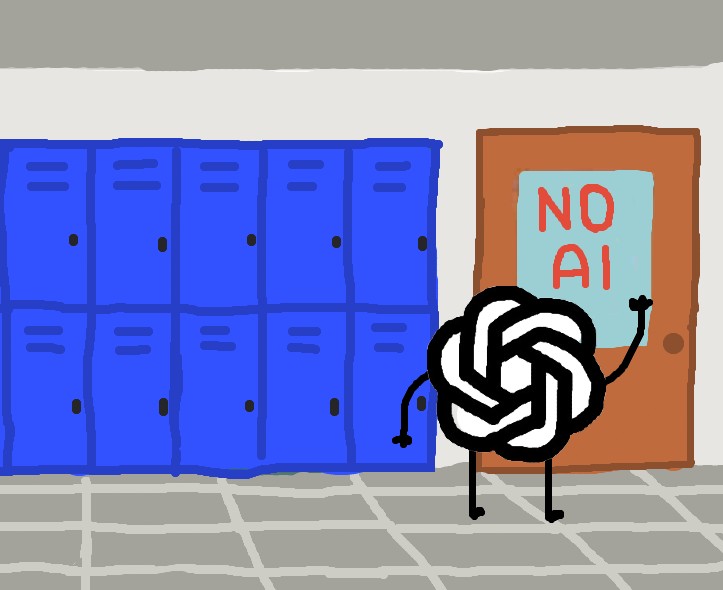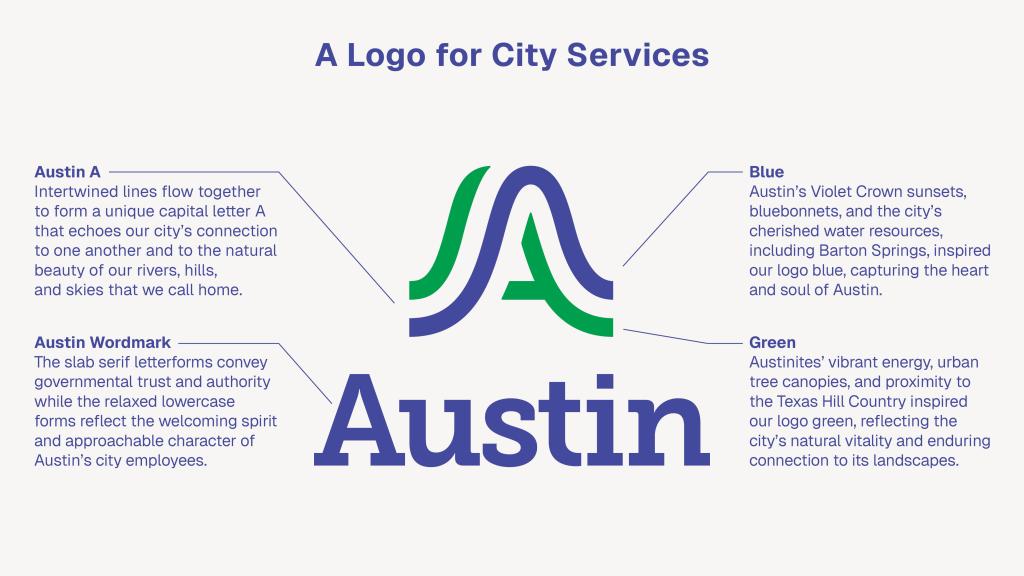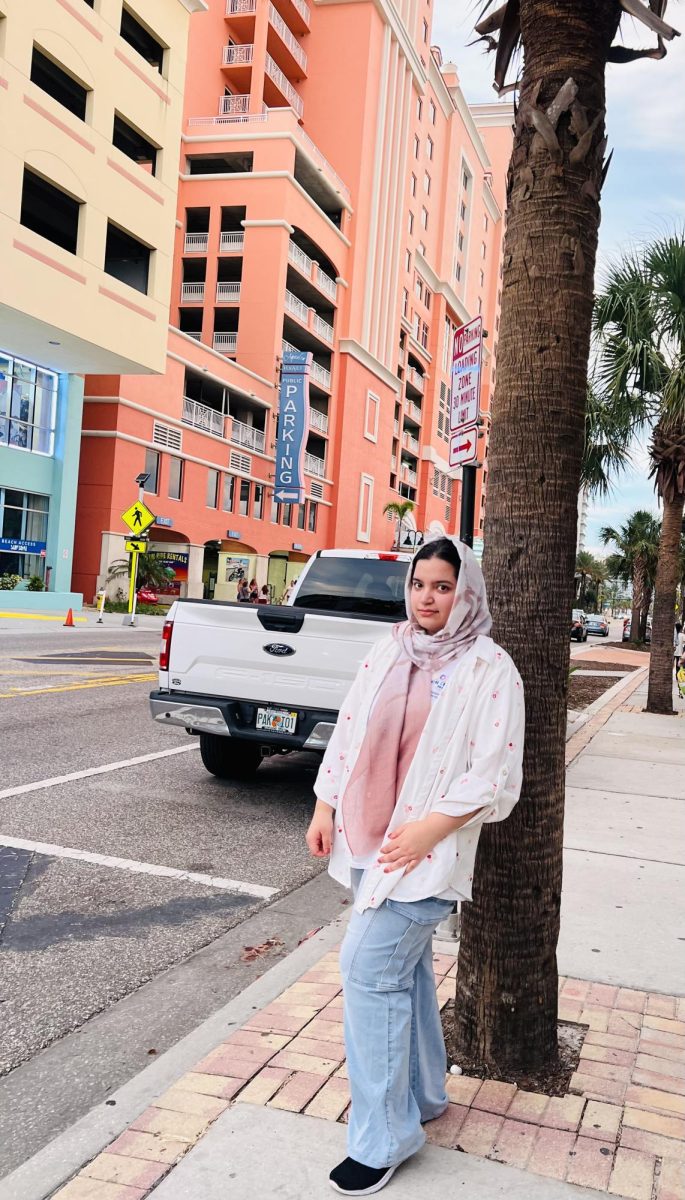A river in Taiwan runs the color of taro bubble tea. The water is an opaque purple, reminiscent of Crayola’s violet acrylic paint. Miles of the area’s freshwater supply directly adjacent to the Jiayang Factory is polluted. Around the world, it’s becoming dangerous just to touch the water let alone swim in it.
The fashion industry is the second largest polluter in the world. The industry has created a disastrous strain on the environment, consuming huge amounts of water and creating loads of pollution, greenhouse gas emissions, and solid waste.
Low prices and increased consumer demand multiply the environmental harms. As companies race to jump on current trends, they cut corners, resulting in massive and long-lasting environmental consequences. The demand for inexpensive and quickly produced clothes encourages companies to use cheap materials, most notably, toxic dyes. Unregulated textile dying releases toxic chemicals into clean water, poisoning animal life, everything from fish to household pets.
More expensive brands are not necessarily more environmentally friendly. A 2011 study into hazardous materials in the fashion industry found that expensive brands don’t care any more about saving the environment than fast fashion. The study even ranked Armani as the worst offender. Armani, despite its high prices, was revealed to have NPEs, hormone disrupting nonylphenol ethoxylates, that often wash into rivers and lakes, more than half of its products.
I have good news for fashion fanatics everywhere, an increasingly popular eco-friendly alternative: sustainable fashion, which minimizes environmental impacts throughout a garment’s life cycle. But how do we shop sustainably? First, make an effort to research the brands you buy from. Websites like rankabrand and The Fashion Transparency Index can shed light on popular brands even though they unfortunately neglect teen favorites like Brandy Melville and Urban Outfitters.
Make sure you stay on alert for brands that manipulate concerned consumers into believing they care about the environment when their practices prove otherwise. It’s easy for a company to release a statement professing green business policies and sound sincere. It’s also easy for corporations to cleverly “forget” to mention how they pollute rivers and underpay workers and instead make a point of noting how much they donated to charity, despite the contribution being less than 1 percent of their gross profits.
For many consumers, shopping sustainably can be difficult. Sustainable clothing is typically pricey, and even shirts can be hard to afford. For many sustainable brands, a blouse can easily be more than $30 or could climb into the triple digits. This is because eco clothing is more expensive to produce, since companies use organic cotton and recycled textiles. Thankfully, the higher price also means higher quality.
Unfortunately, despite their high price tag, most sustainable brands aren’t exactly on-trend. They tend to market to an older audience, with more financial stability. Many sustainable brands primarily produce neutral toned boxy dresses and wide-legged capris. One brand’s lookbook even reminds you of a catalog of nurses’ scrubs. It’s not something that teens are willing to spend a fair amount of money on.
One of the most popular environmentally friendly brands is Reformation. Reformation is known for its stylish dresses and carbon offsets. Alternative Apparel offers basic organic clothing like white tees in multiple styles. Girlfriend Collective is an active-wear brand that attempts to combat textile waste. H&M is leading the climate positive charge for trendy outfitters. Similarly, Zara and its parent company Inditex, vows to use only organic, recycled or sustainable fabrics by 2025. They’re one of the few brands accessible to teens that have made an effort to protect the environment.
H&M and Zara’s adoption of more environmentally friendly practices proves that companies are willing to adapt to their consumer’s demands. Forever 21’s recent bankruptcy further demonstrates that inability to move toward sustainable and high quality clothing will result in mass customer disinterest. Brands that can’t or won’t adapt to the surge of environmental awareness will pay the cost.
Thrifting is also a clever way to reduce fashion waste and reduce the harmful effects of producing new clothing. A large portion of McCallum students buy and donate secondhand clothes to brick-and-mortar stories and also to online markets like Depop and Poshmark. Some students even sell directly back into their communities by setting up Instagram accounts and marketing to their friends.
Shopping sustainably isn’t impossible, but it does require effort. By researching what you buy, by spending more for higher quality pieces and by thrifting, you can look great and do your part to help save the planet.










Dylan Neal • Oct 8, 2019 at 6:24 pm
Wow. I didn’t know that saving the Earth on such a small scale was even possible. I’m blown away. This is the most eye opening news I have seen all week. I’m not one to care for fashion, but maybe I should start. While I’m not shaking or crying, I sure do feel like it. How insightful!
Scarlet Craig • Oct 8, 2019 at 9:51 am
I really liked this article because it brought attention to a topic that not many people know about. I also really liked how it showed what you can do to help reduce the problem without using extreme examples, but simple things we can do like thrifting.
Anna Garcia • Oct 7, 2019 at 10:24 pm
I love thrifting so much and it’s a great way to buy clothes that are cheap and cute. We are destroying our Earth and I love how this article talks about all the big companies that are making it worse. We need to help the Earth and thrifting is one of the very many things you can do to help. I like how this article really portrays that message.
Carter Eason • Oct 6, 2019 at 1:08 pm
This article really shows how our world is turning out. That people from a different country have to make clothes for us. I really like this article because clothing is one piece of art to help us express ourselves in ways that other people may think is bad, and I think this article shows those people wrong.